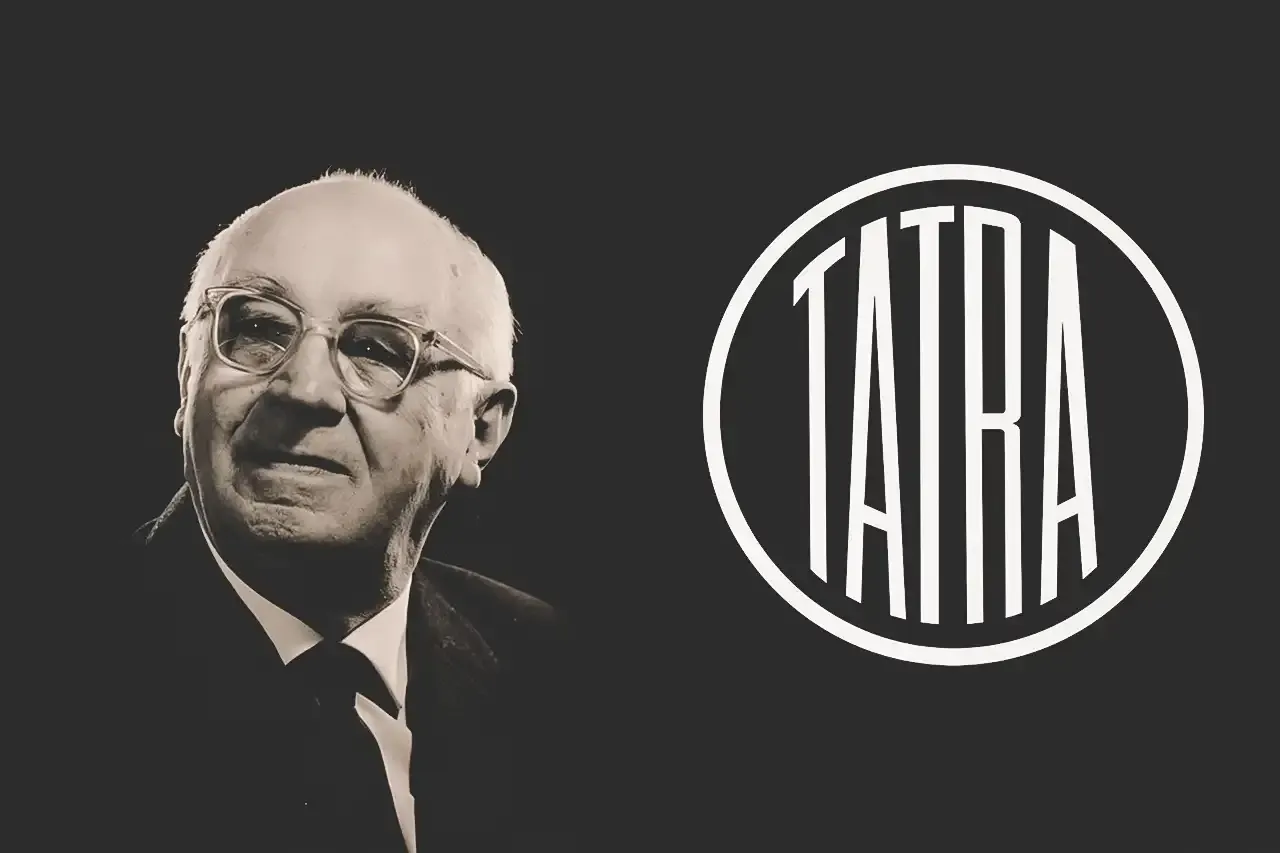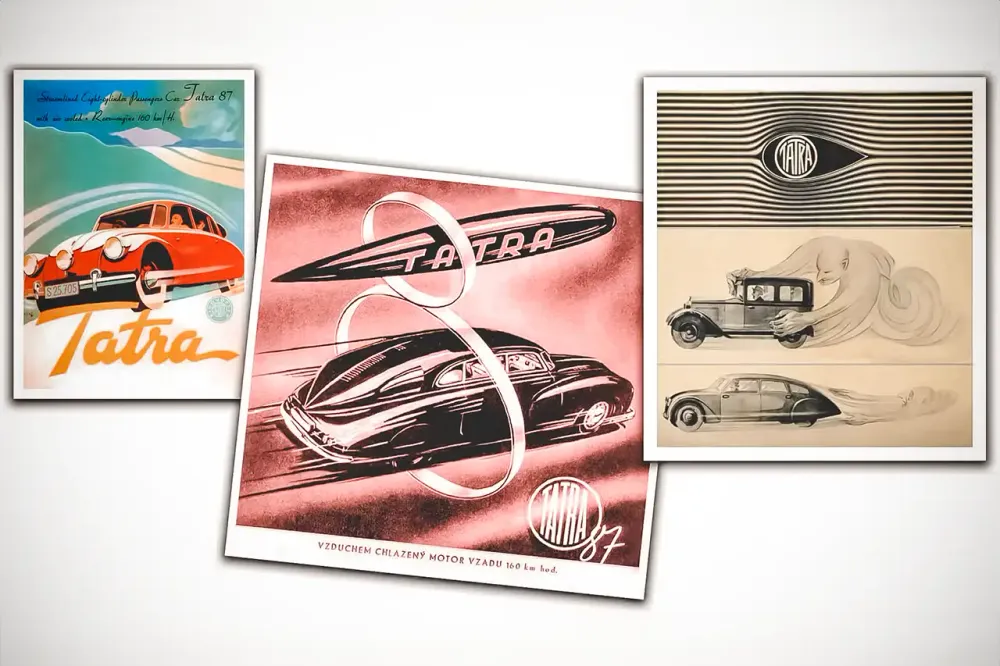Hans Ledwinka, the nonconformist
In any craft that requires creativity, the biggest difficulty a creative person faces is freeing themselves from influences and prejudices. Almost never does an idea come from a blank sheet of paper, free from assumptions. The greatest challenge for the creative is why things are done and accepted in a certain way and whether there is a way to break away from it. In short, being creative is being nonconformist. For an engineer, creativity is truly a paradox: on one hand, he is required to accumulate information and knowledge and, on the other, great inventions only happen when he is able to question and deconstruct what he has learned.
Hans Ledwinka, was born in Austria in 1878 and began his career as a mechanic. He would later study and become a passionate mechanical engineer, which would soon earn him a position at Tatra, even before the brand dedicated itself to car manufacturing. Ledwinka was involved in the development of the brand's first cars, but, in 1917, he accepted a job at Steyr. He later returned to Czechoslovakia in 1921, to take up the position as chief engineer at Tatra. During this period, he explored several pioneering solutions which are still applied today in the automotive industry, such as, for example, the use of the transmission tunnel as a structural part of the vehicle.
This solution debuted in the Tatra 11 of 1923, which also had the peculiarity of mounting a twin-cylinder boxer engine with overhead camshafts. The two characteristics made this one of the most agile cars of its time, alongside the Lancia Lambda.
Ledwinka's greatest moment of genius would come a few years later, in 1931. The V570 prototype used a new four-cylinder boxer engine (by then already used on the Tatra T12) mounted, this time, behind the rear axle. The new Tatra had a modern, compact design and was intended to be an affordable transport for average income families. If the description sounds familiar, the silhouette seems even more. The V570 was practically the same as the first VW Beetle prototype, and for good reason.
In the early 1930s, diplomacy between the Nazi regime and the Czech government led by Edvar Beneš, led to some visits from Hitler to that country. Hitler traveled aboard the Tatra and even visited the factory. On one of those visits he was accompanied by Ferdinand Porsche in order to initiate a sort of industrial cooperation.
It was following these visits that the project for the car that would be named KDF-Wagen (later Volkswagen) emerged. Porsche later admitted to having appreciated the Tatra's designs in detail and expressed interest in learning more about the boxer engine. On the other hand, he considered the Tatra chassis to have some of his ideas.
Ledwinka was not resigned and filed a lawsuit for industrial espionage. When the two parties appeared to be close to an agreement, the Führer told Ferdinand Porsche that he would take matters into his own hands. After a short time, Germany would occupy Czechoslovakia…
The story didn't end there: the lawsuit would be resumed after the war and VW would even be ordered to pay around three million marks for patent usurpation. At the same time, the Czechoslovak government filed a lawsuit against Ledwinka for treason for allegedly cooperating with the Nazi regime. Ledwinka would be convicted and imprisoned for five years.
After his release, he was offered the opportunity to be reinstated into Tatra, but he refused. He lived his last years in Munich, where he would die in 1967. Despite having been one of the most influential personalities in automotive history, his notoriety is minimal, especially when compared to that of Ferdinand Porsche.















